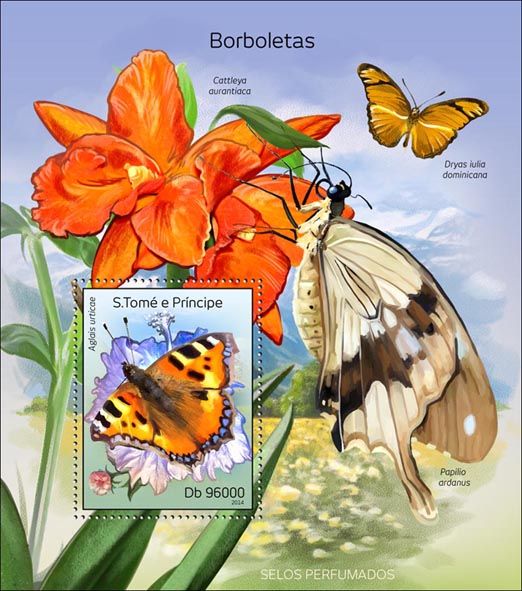1. Small tortoiseshell butterfly (Aglais urticae). Once a common sight in gardens, parks and hedgerows, the small tortoiseshell is in steep decline. Once one of our commonest butterfly species, in 2013 it was reported that numbers had dropped by 77% in the previous 10 years.
2. New Forest cicada (Cicadetta montana). Normally associated with Mediterranean holidays, the cicada can be heard in UK. Or it could – it's last stronghold in the New Forest has fallen silent. Their population is now confined to small areas of the New Forest in Hampshire and there have been no recorded sightings of the bug since the turn of the Millennium.
3. Cosnard’s net-winged Beetle (Erotides cosnardi). A type of soldier beetle, Cosnard's net-winged beetle is found in only a handful of sites nationwide. Only found in the Forest of Dean/Wye Gorge area and on the South Downs. Research by Natural England earlier this year suggested that this was just one many breeds of soldier beetle at risk. Around 15% of the species are endangered.
4. Wart-biter Cricket (Decticus verrucivorus). This cricket – whose name comes from an old tradition of using them to bite warts off skin – can only be found in four naturally occurring locations across East Sussex, Dorset and Wiltshire. While another population has been re-introduced in Kent the wart-biter is at a high-risk of extinction.
5. V-moth (Macaria wauaria). We should be concerned when once-common species such as this V moth decline calamitously. Although it can be found across most of the country, today’s V-moth population is thought to be less than 1% of its 1960s levels.
6. Bearded false darkling beetle (Melandrya barbata). Almost entirely confined to the New Forest, the bearded false darkling beetle may soon be lost to Britain. This brilliant beetle is only to be found in five areas of south-east Britain. One such location is the New Forest.
Source: Countryfile, 21 Oct 2017
http://www.countryfile.com/countryside/10-most-endangered-animal-specie…

- Login om te reageren
